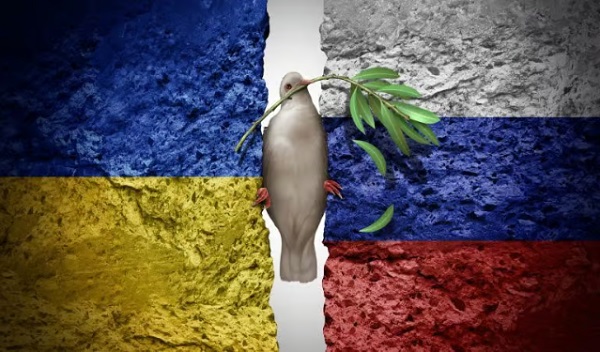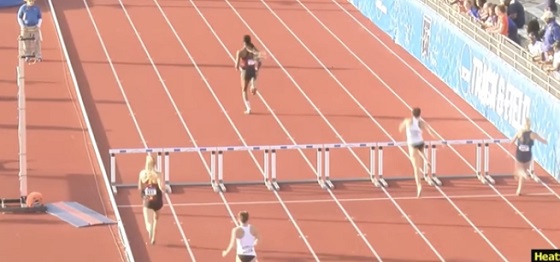Opinion
5,240 voters supported the Ward System. That is more than some elected politicians received. Not to be ignored.

5,240 voters in 2013 supported the ward system of municipal governance but it wasn’t enough. Some will say that settles the issue in perpetuity or forever.
The plebiscite was a vote on the ward system to help find one of many solutions to end the disparity between the north and south in such issues like absence of a high school north of the river or the unequal distribution of recreational facilities.
The city council favored the at-large system, and allocated $30,000 to present a side to the issue. They held a townhall information meeting hosted by popular ex-councillor Larry Pimm who extolled the virtues of the current at-large system. Reminding everyone; “To dance with the one that brought you”. No ward system advocate was invited.
Compare city hall, with $30,000 against a few volunteers with no budget, and you have an epic “David and Goliath” situation.
5,240 voters supported it, considering that the majority of school board trustees garnered fewer votes and they believe they represent the citizens.
The vote was held four years ago during an election, and some will argue that settles the matter forever. No matter that about 10% of the population moves every year, and that someone who is 18,19, 20, or 21 now could vote now that could not have voted then.
One suggested that it would be disrespectful of the voters in 2013 if we were to have another plebiscite in the future. Why do we have elections every 4 years? Possibly to bring in new ideas, people and ways to deal with new issues and events, to change course when a current course is not working?
The major is issue was the disparity between north of the river and south of the river. The last school built north of the river was in 1985, the lack of a high school north of the river and the fact that there is only one recreational centre north of the river with 11 south of the river. The ward system was brought up as a possible way to ensure their voice was heard.
Wards versus at large: Niagara Falls (population of 88,071),candidates discuss. If you want to get in the game, some say a ward system is helpful. … Now, more than a decade into an at-large system where eight councillors are elected to represent the entire city, some candidates are calling for a return to the ward system.
It may better represent the city, but some people find it confusing. One political scientist says we should consider bringing back the ward system with the civic election one week away.
A ward system, essentially, has an elected representative from varying neighbourhoods around the city.
Langara College political scientist Peter Prontzos says it’s a little more democratic and things won’t be rushed through council because there are more voices to be heard and more issues brought to the table.
But he warns there are cons.
“It may be a little more confusing in some ways and there may be occasional gridlock on city council, but I think that’s relatively minor.”
He says right now those who run for office are people with money who only represent wealthy neighbourhoods where something like public transit may not be issue.
Issues like no high school or biased distribution of recreational centres, may get on council’s agenda and be heard through a ward system.
Issues like; On the north side we have (1) the Dawe Centre while on the south side we have; (10), the Downtown Recreation Centre, Michener Aquatic Centre, Downtown Arena, Centrium complex, Collicutt Recreation Centre, Pidherney Curling Centre, Kinex Arena, Kinsmen Community Arenas, Red Deer Curling Centre, and the under-construction Gary W. Harris Centre. The city is also talking about replacing the downtown recreation centre with an expanded 50m pool.
The volunteers proposed 4 wards with 2 councillors per ward, and 5,240 voters supported the idea. Others thought not yet and some were totally against it, period. Should the politicians write off 5,240 voters as a non issue? City should be inclusive of everyone, including those not crowding the stage during the discussions on the latest issue of the day.
Jordy Smith was quite eloquent in his defence of the ward system;
“Wards provide direct representation within the city council. They allow anyone who sees an issue in the city to go to their particular councillor and voice their concern. In this situation, the councillor ensures the person’s, and their district’s, voice is heard. If they don’t represent their community well, their constituents can vote for a new councillor in the next election.
In our current system, a person can reach out to some or all of Red Deer’s councillors, but if the issue isn’t prevalent across the entire city, it is unlikely to enter the council meeting. Important neighbourhood issues may take a backseat to other matters in distant parts of the city. This scenario isn’t always a problem in at-large systems, but it often favours certain parts of a city more than others. This issue is especially true when a majority of councillors all live in a similar part of the city.
In Red Deer, seven of our eight councillors live on the South-East side of the river; in fact, many of our past councils have had disproportionate representation from the South-East side. A ward system gives each part of Red Deer direct representation and a voice in council decisions.”
The point is that the “Ward System” is not a panacea to the disparity issue and no one thinks it is but it could be a step in addressing the issue. Many candidates talk about the “Riverlands” as the panacea to downtown issues, but it is not, it is but a step to addressing the issues.
I ask the candidates who have said that the vote should stand and not be voted on again out of respect for the 2013 voters, should we let the federal vote of 2015, where we elected a Liberal government and the provincial vote of 2015, where we elected a NDP government stand in perpetuity? I didn’t think so. That is why we have votes, because we may change our mind. Thank you.
Read more about the Red Deer Municipal Election on Todayville.
Business
Feds Spent Roughly $1 Billion To Conduct Survey That Could’ve Been Done For $10,000, Musk Says
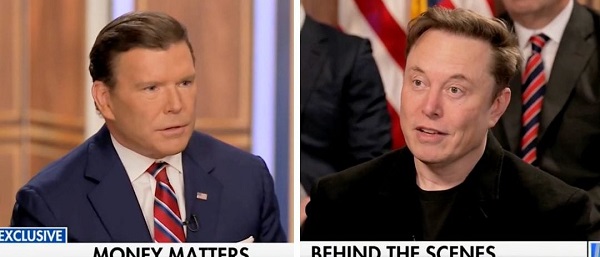

From the Daily Caller News Foundation
By Hailey Gomez
The Department of Government Efficiency’s (DOGE’s) Elon Musk said Thursday on Fox News that the group found the federal government spent almost $1 billion on a survey that could’ve only cost thousands.
Following President Donald Trump entering office in January, his administration pushed for Musk and DOGE to comb through the government’s spending and identify potential cuts to save taxpayer dollars. On “Special Report with Bret Baier,” the Fox News host sat with Musk and his DOGE team and asked the billionaire what has been the most “astonishing thing” he’s witnessed so far in this process.
“The sheer amount of waste and fraud in the government,” Musk said. “It is astonishing. It’s mind-blowing. We routinely encounter waste of a billion dollars or more, casually.”
“For example, like the simple survey that was literally [a] 10 questions survey. You could do it with SurveyMonkey, [which] would cost about $10,000. The government was being charged almost a billion dollars for that,” Musk added.
WATCH:
Baier could be seen interrupting Musk as he sounded astonished, later asking, “For just a survey?”
Musk responded and said the survey was essentially pointless as it had no “feedback loop.”
“A billion dollars for a simple online survey — ‘Do you like the National Park?,’ and then there appeared to be no feedback loop for what would be done with that survey,” Musk said. “So the survey would just go into nothing. It was insane.”
In February, Democrats’ opposition to Musk’s and DOGE’s place in the Trump administration began to ramp up after the billionaire announced during an X discussion that he and the president had agreed to upend the U.S. Agency for International Development (USAID). Musk warned the agency was wasting billions of taxpayer dollars.
Some of the programs funded through USAID had not only attempted to advance a radical leftist agenda worldwide, but some had a high risk of landing in the Taliban’s hands and also aiding an organization linked to the Wuhan Institute of Virology.
Baier told Musk how he and DOGE technically had 130 days as a “special government employee,” asking if he believes he will be able to complete his task in the time frame allotted.
“I think we will have accomplished most of the work required to reduce the deficit by a trillion dollars within that time frame,” Musk said.
“We are cutting the waste and fraud in real time. So every day like that passes, our goal is to reduce the waste and fraud by $4 billion a day, every day, seven days a week. So far we are succeeding,” Musk added.
Business
Trump Reportedly Shuts Off Flow Of Taxpayer Dollars Into World Trade Organization
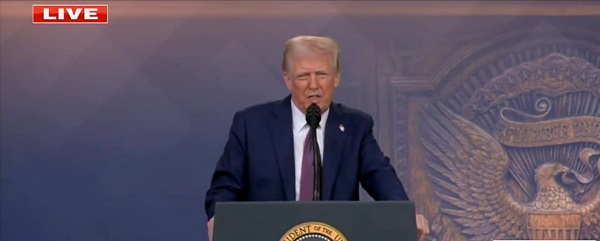

From the Daily Caller News Foundation
By Thomas English
The Trump administration has reportedly suspended financial contributions to the World Trade Organization (WTO) as of Thursday.
The decision comes as part of a broader shift by President Donald Trump to distance the U.S. from international institutions perceived to undermine American sovereignty or misallocate taxpayer dollars. U.S. funding for both 2024 and 2025 has been halted, amounting to roughly 11% of the WTO’s annual operating budget, with the organization’s total 2024 budget amounting to roughly $232 million, according to Reuters.
“Why is it that China, for decades, and with a population much bigger than ours, is paying a tiny fraction of [dollars] to The World Health Organization, The United Nations and, worst of all, The World Trade Organization, where they are considered a so-called ‘developing country’ and are therefore given massive advantages over The United States, and everyone else?” Trump wrote in May 2020.
The president has long criticized the WTO for what he sees as judicial overreach and systemic bias against the U.S. in trade disputes. Trump previously paralyzed the organization’s top appeals body in 2019 by blocking judicial appointments, rendering the WTO’s core dispute resolution mechanism largely inoperative.
But a major sticking point continues to be China’s continued classification as a “developing country” at the WTO — a designation that entitles Beijing to a host of special trade and financial privileges. Despite being the world’s second-largest economy, China receives extended compliance timelines, reduced dues and billions in World Bank loans usually reserved for poorer nations.
The Wilson Center, an international affairs-oriented think tank, previously slammed the status as an outdated loophole benefitting an economic superpower at the expense of developed democracies. The Trump administration echoed this criticism behind closed doors during WTO budget meetings in early March, according to Reuters.
The U.S. is reportedly not withdrawing from the WTO outright, but the funding freeze is likely to trigger diplomatic and economic groaning. WTO rules allow for punitive measures against non-paying member states, though the body’s weakened legal apparatus may limit enforcement capacity.
Trump has already withdrawn from the World Health Organization, slashed funds to the United Nations and signaled a potential exit from other global bodies he deems “unfair” to U.S. interests.
-
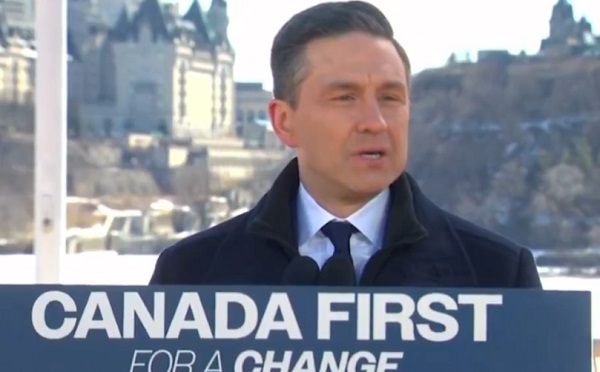
 2025 Federal Election1 day ago
2025 Federal Election1 day agoPoilievre refuses to bash Trump via trick question, says it’s possible to work with him and be ‘firm’
-
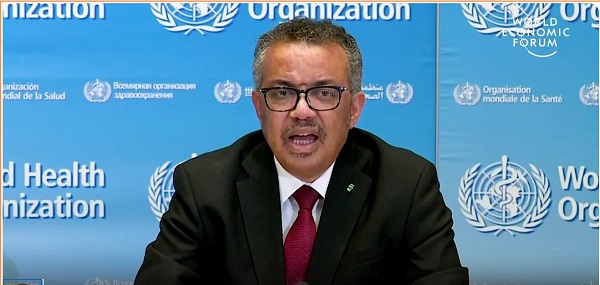
 Dr. Robert Malone2 days ago
Dr. Robert Malone2 days agoWHO and G20 Exaggerate the Risk and Economic Impact of Outbreaks
-

 2025 Federal Election2 days ago
2025 Federal Election2 days agoVoters should remember Canada has other problems beyond Trump’s tariffs
-

 2025 Federal Election2 days ago
2025 Federal Election2 days agoPoilievre to let working seniors keep more of their money
-
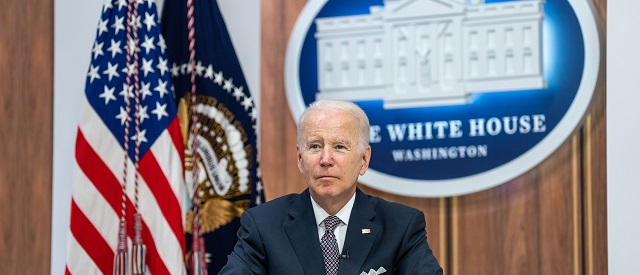
 Daily Caller1 day ago
Daily Caller1 day agoCover up of a Department of Energy Study Might Be The Biggest Stain On Biden Admin’s Legacy
-

 COVID-191 day ago
COVID-191 day ago17-year-old died after taking COVID shot, but Ontario judge denies his family’s liability claim
-

 Community1 day ago
Community1 day agoSupport local healthcare while winning amazing prizes!
-
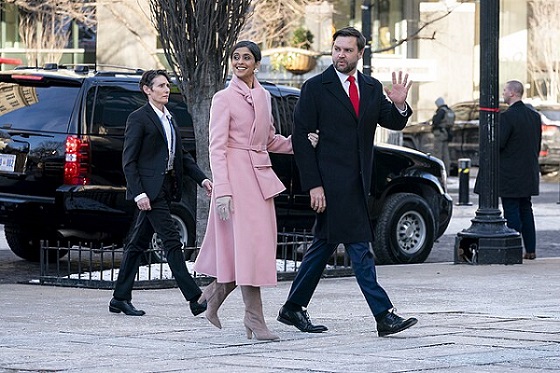
 International2 days ago
International2 days agoVice President Vance, Second Lady to visit Greenland on Friday


